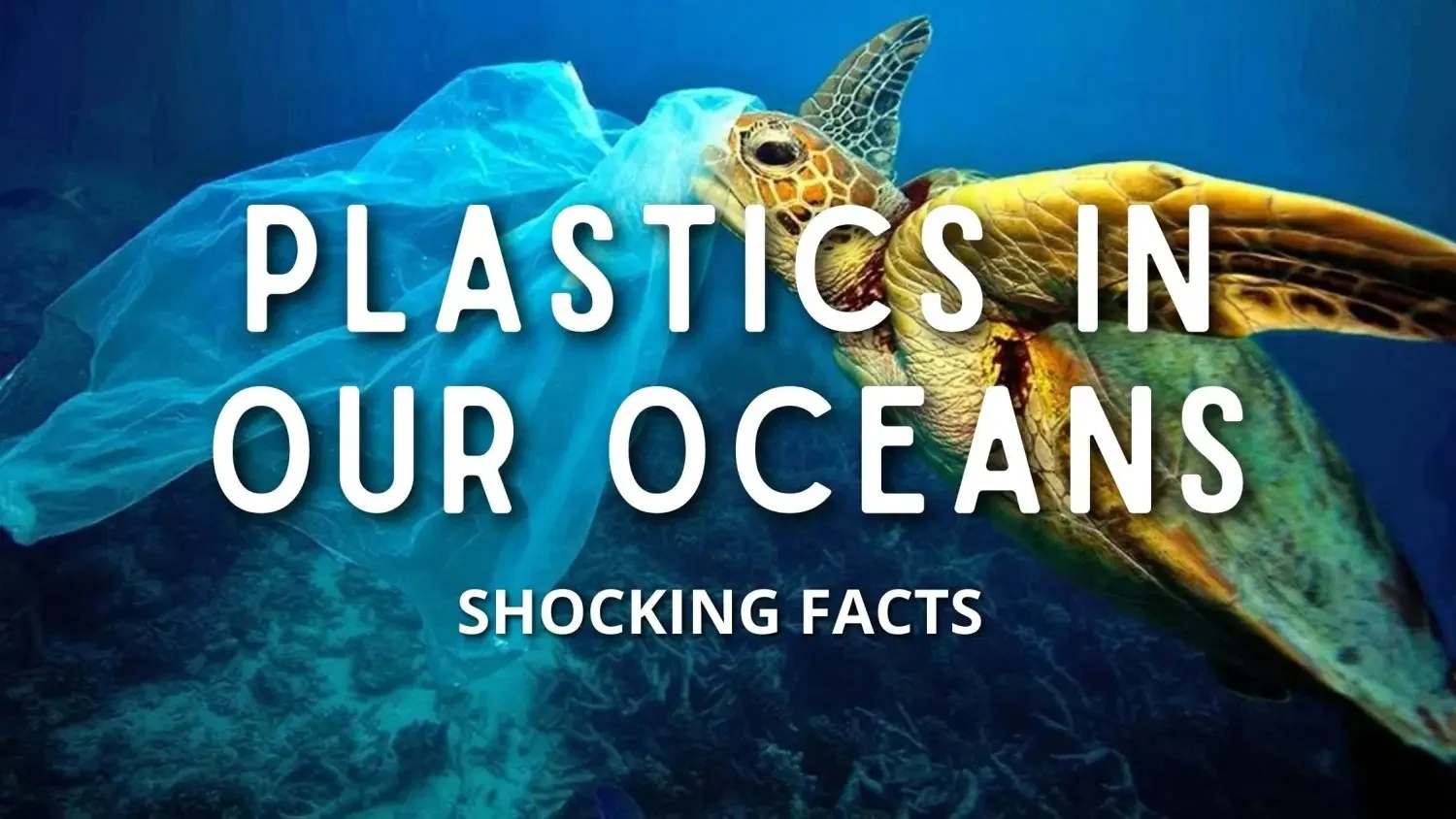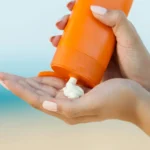Introduction: The Growing Crisis of Ocean Plastic Pollution
The world’s oceans are facing an unprecedented crisis. Every year, approximately 8 million metric tons of plastic waste enters our oceans, breaking down into smaller and smaller pieces without fully degrading. These microscopic plastic fragments, known as microplastics, have infiltrated every level of the marine food chain—from the smallest plankton to the largest predators. As humans who consume seafood, we now face a troubling reality: the plastic we discarded is returning to our dinner plates.
This article examines the health implications of microplastics in our food supply, how these pollutants move through marine ecosystems, and practical steps we can take to protect both ocean health and human wellbeing.
What Are Microplastics? Understanding the Invisible Threat
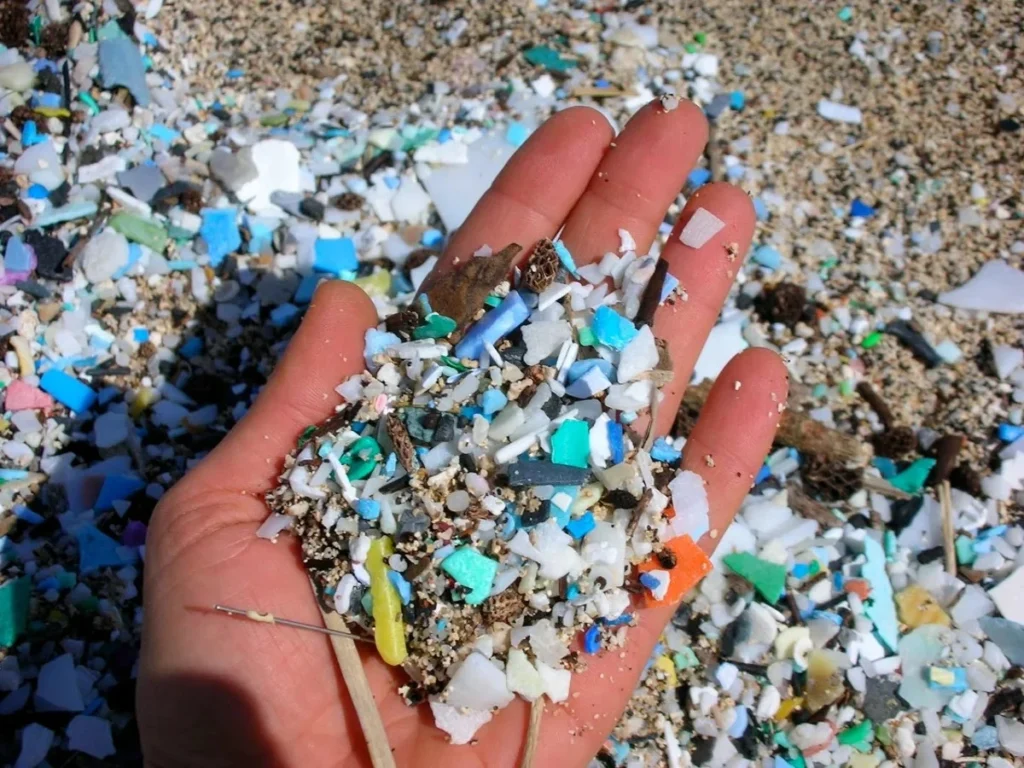
Microplastics are tiny plastic particles less than 5 mm in length—often much smaller and invisible to the naked eye. They come in two main forms:
- Primary microplastics: Manufactured as small particles for specific uses, such as microbeads in facial scrubs, toothpaste, and other personal care products.
- Secondary microplastics: Formed when larger plastic items break down through exposure to UV radiation, wave action, and other environmental processes.
These particles are composed of various synthetic polymers including polyethylene, polypropylene, polystyrene, and polyvinyl chloride—materials designed to resist natural degradation processes. Instead of biodegrading like organic materials, plastics simply fragment into increasingly smaller pieces that persist in the environment for hundreds of years.
The Journey from Ocean to Plate: How Microplastics Enter the Food Chain
Microplastics enter marine ecosystems through multiple pathways:
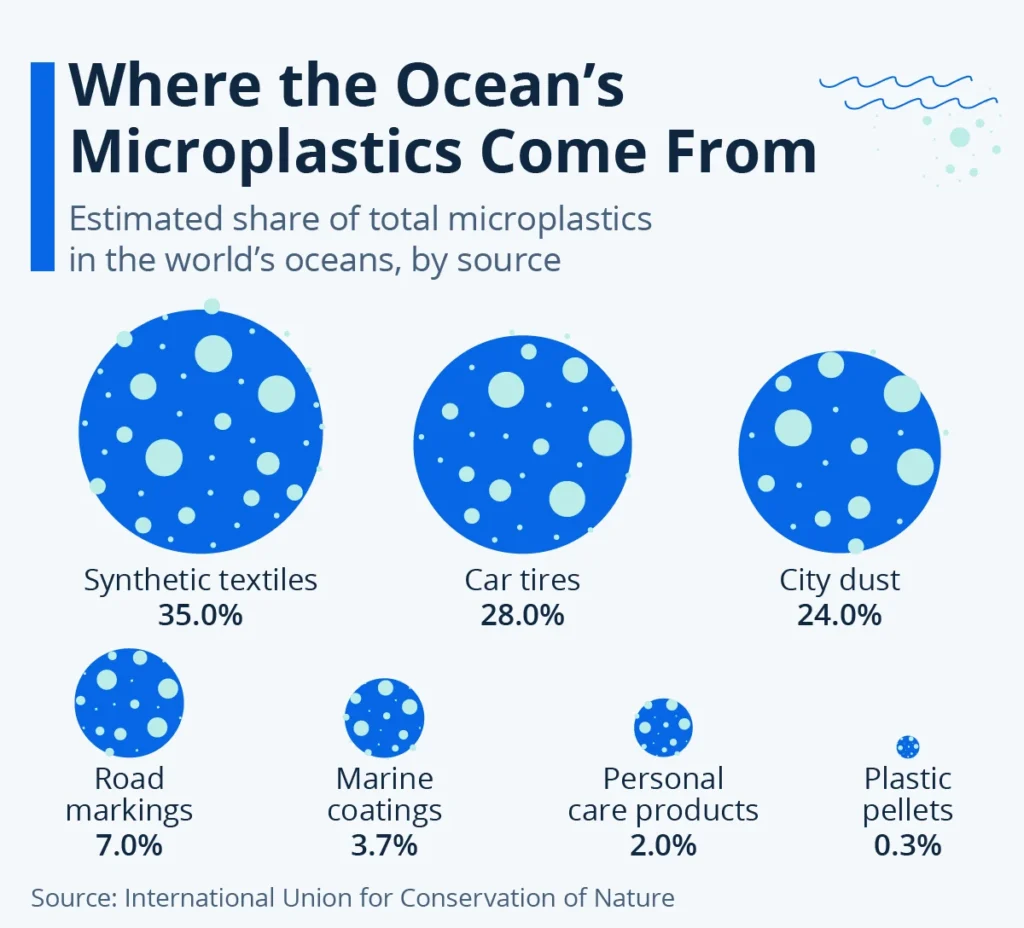
- Wastewater and urban runoff: Carrying microfibers from synthetic clothing, fragments from tire wear, and microbeads from consumer products
- Direct disposal: Improperly discarded plastic items that break down over time
- Industrial discharge: Manufacturing byproducts released into waterways
- Fishing and shipping activities: Lost or abandoned fishing gear and equipment
Once in the marine environment, microplastics begin a troubling journey:
- Ingestion by plankton and filter feeders: The smallest organisms mistake microplastics for food or inadvertently consume them while filtering water
- Bioaccumulation up the food chain: When smaller creatures are eaten by larger ones, the plastic particles transfer and concentrate
- Seafood contamination: Fish and shellfish consumed by humans carry accumulated microplastics in their tissues and digestive systems
Research has detected microplastics in virtually all commercial seafood species, with particularly high concentrations in shellfish and bottom-feeding fish.
Health Risks: What Happens When We Consume Microplastics?
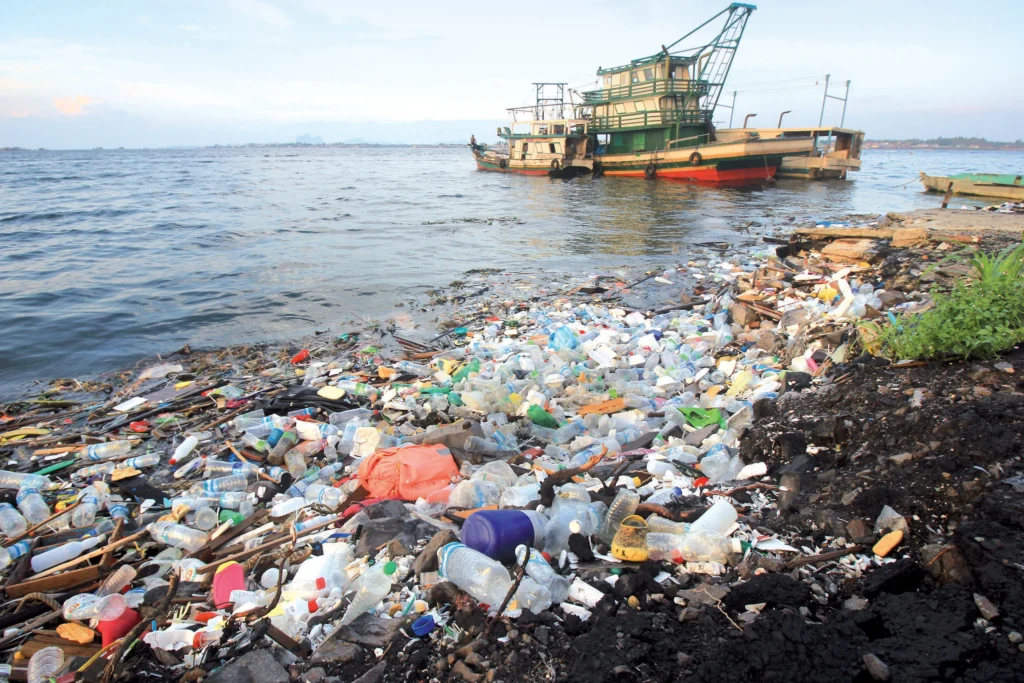
The science of microplastic health impacts is still evolving, but researchers have identified several concerning mechanisms through which these particles may affect human health:
Physical Risks
- Tissue inflammation: Microplastics can potentially cause inflammatory responses in digestive tissues
- Particle accumulation: Some microplastics may translocate from the digestive system to other body tissues, including the bloodstream and organs
- Cellular damage: Jagged or irregular particles can physically damage cells
Chemical Risks
- Toxic additives: Many plastics contain chemical additives like phthalates, bisphenol A (BPA), and flame retardants that can leach into body tissues
- Absorbed pollutants: Microplastics act as “sponges” for environmental contaminants like PCBs, pesticides, and heavy metals, potentially delivering concentrated doses of these toxins
Biological Risks
- Disruption of gut microbiome: Emerging research suggests microplastics may alter the composition of beneficial bacteria in the digestive system
- Endocrine disruption: Some plastic-associated chemicals interfere with hormone function
- Immune system effects: Potential to trigger immune responses or compromise immune function
While definitive links between microplastic ingestion and specific diseases remain under investigation, scientists have expressed concern about potential connections to inflammatory bowel diseases, hormonal imbalances, reproductive issues, and even certain cancers.
Particularly Vulnerable Groups: Who Faces the Greatest Risk?
Research suggests certain populations may face heightened vulnerability to microplastic exposure:
- Pregnant women and developing fetuses: Plastic-associated chemicals may cross the placental barrier
- Young children: Developing bodies may be more sensitive to endocrine-disrupting compounds
- Communities with high seafood consumption: Including coastal populations and cultures with seafood-centric diets
- People with pre-existing digestive or inflammatory conditions: May experience exacerbated symptoms from microplastic exposure
Current Research: What Science Tells Us About Microplastic Exposure
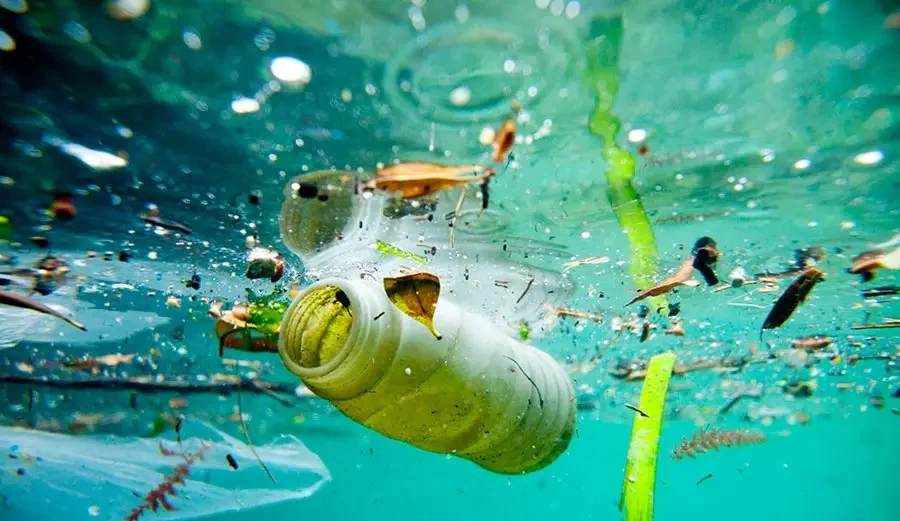
The scientific understanding of microplastics and human health is rapidly evolving. Key findings include:
- A 2019 study published in Environmental Science & Technology estimated that the average person consumes approximately 50,000 microplastic particles annually through food and beverages
- Research published in the journal Environmental Pollution found microplastics in human blood samples, confirming these particles can enter circulation
- A 2022 study detected microplastics in human lung tissue, suggesting inhalation as another exposure route
- Laboratory studies demonstrate that microplastics can cross cellular barriers and accumulate in tissues
Despite these findings, significant knowledge gaps remain regarding long-term health outcomes and safe exposure thresholds. This uncertainty underscores the importance of precautionary approaches.
Prevention Strategies: Reducing Microplastic Exposure from Seafood
While completely avoiding microplastics is impossible in today’s environment, several strategies may help reduce exposure:
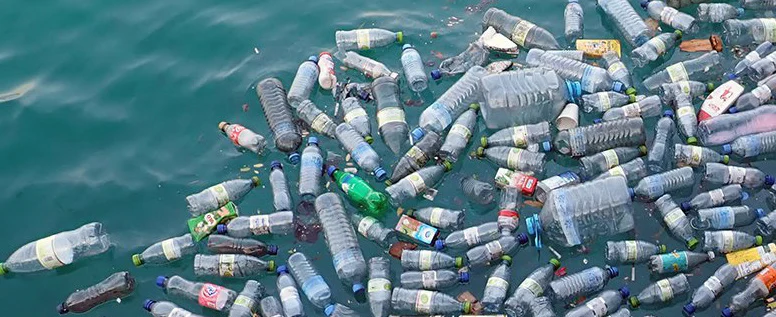
Seafood Selection and Preparation
- Choose lower-risk seafood: Smaller, shorter-lived fish generally accumulate fewer contaminants than larger predatory species
- Consider seafood source: Fish from less polluted waters may contain fewer microplastics
- Prepare fish properly: Removing the digestive tract (where many microplastics accumulate) during cleaning can reduce exposure
- Diversify protein sources: Balancing seafood with plant-based proteins can reduce overall exposure
Dietary Supplements
- Consider algae-based omega-3 supplements: As alternatives to fish oil for essential fatty acids
- Look for tested products: Some manufacturers test for microplastic content
Water Consumption
- Use effective filtration: Home water filtration systems with sub-micron filters can remove some microplastics
- Avoid plastic bottled water: Studies have found bottled water often contains more microplastics than properly filtered tap water
Home Remedies and Detoxification: What Works and What Doesn’t
The concept of “detoxifying” from microplastic exposure remains scientifically unproven, and consumers should approach purported remedies with caution. However, some general wellness practices may support the body’s natural elimination processes:
- Fiber-rich diet: Supports digestive health and efficient elimination
- Adequate hydration: Facilitates natural detoxification pathways
- Liver-supporting nutrients: Foods rich in antioxidants and sulfur compounds like cruciferous vegetables
- Probiotic foods: May help maintain gut microbiome health
Important note: Consumers should be wary of unproven “detox” products or protocols specifically marketed for microplastic removal, as these lack scientific validation.
Broader Solutions: Addressing Plastic Pollution at the Source
Individual exposure reduction is only part of the solution. Addressing this global crisis requires coordinated action:
Personal Action
- Reduce single-use plastic consumption: Carry reusable water bottles, shopping bags, and food containers
- Choose natural materials: Select clothing made from natural fibers rather than synthetic materials that shed microfibers
- Properly dispose of plastic waste: Prevent plastic litter from entering waterways
- Support plastic-free businesses: Use consumer power to encourage sustainable practices
Community and Policy Solutions
- Advocate for plastic regulations: Support bans on unnecessary single-use plastics and microbeads
- Participate in cleanups: Join beach and waterway cleanup efforts
- Promote recycling infrastructure: Support improved recycling systems and extended producer responsibility
- Educate others: Share information about plastic pollution impacts
The Future of Microplastic Research: What We Still Need to Learn
Scientists continue investigating several critical questions:
- The long-term health effects of chronic, low-level microplastic exposure
- Effective methods for removing microplastics from drinking water and food products
- The specific mechanisms through which microplastics interact with human biological systems
- Safe exposure thresholds, if any exist
- The effectiveness of various intervention strategies
Conclusion: Moving Forward in an Age of Plastic
The presence of microplastics in our oceans and food chain represents one of the most pervasive environmental and public health challenges of our time. While the full extent of health risks remains under investigation, the precautionary principle suggests we should take action to reduce both environmental plastic pollution and personal exposure.
By making informed choices about seafood consumption, reducing plastic use, and supporting broader pollution prevention efforts, individuals can protect their health while contributing to solutions for this global crisis. The health of our oceans and our bodies are inextricably linked—what harms one ultimately harms the other.
As research advances, our understanding of microplastic health impacts will continue to evolve. In the meantime, approaching this issue with appropriate concern rather than alarm, and taking practical steps to reduce exposure, represents the most balanced approach to navigating this complex challenge.
FAQs About Microplastics in Seafood

Q: Can cooking seafood remove microplastics? A: Cooking does not destroy or remove microplastics, as these plastic particles are heat-resistant.
Q: Are certain types of seafood safer than others? A: Filter-feeding shellfish like mussels and oysters typically contain higher concentrations of microplastics than most finfish. Bottom-dwelling species may also have higher exposure.
Q: How can I tell if seafood contains microplastics? A: Microplastics cannot be detected without specialized equipment; they are too small to see with the naked eye.
Q: Should I stop eating seafood altogether? A: Most health authorities still recommend moderate seafood consumption for its nutritional benefits, while acknowledging the need for more research on microplastic risks.
Q: Are farm-raised fish less contaminated than wild-caught? A: This varies by farming practices and location. Some aquaculture operations may introduce microplastics through plastic equipment and feed, while others implement controls to minimize exposure.
Q: What’s being done internationally to address this problem? A: Various international agreements address marine plastic pollution, including the UN Environment Assembly resolution to end plastic pollution, and regional agreements on marine litter management.
ALSO READ MORE HEALTH ARTICLES FROM CHIID HEALTH

